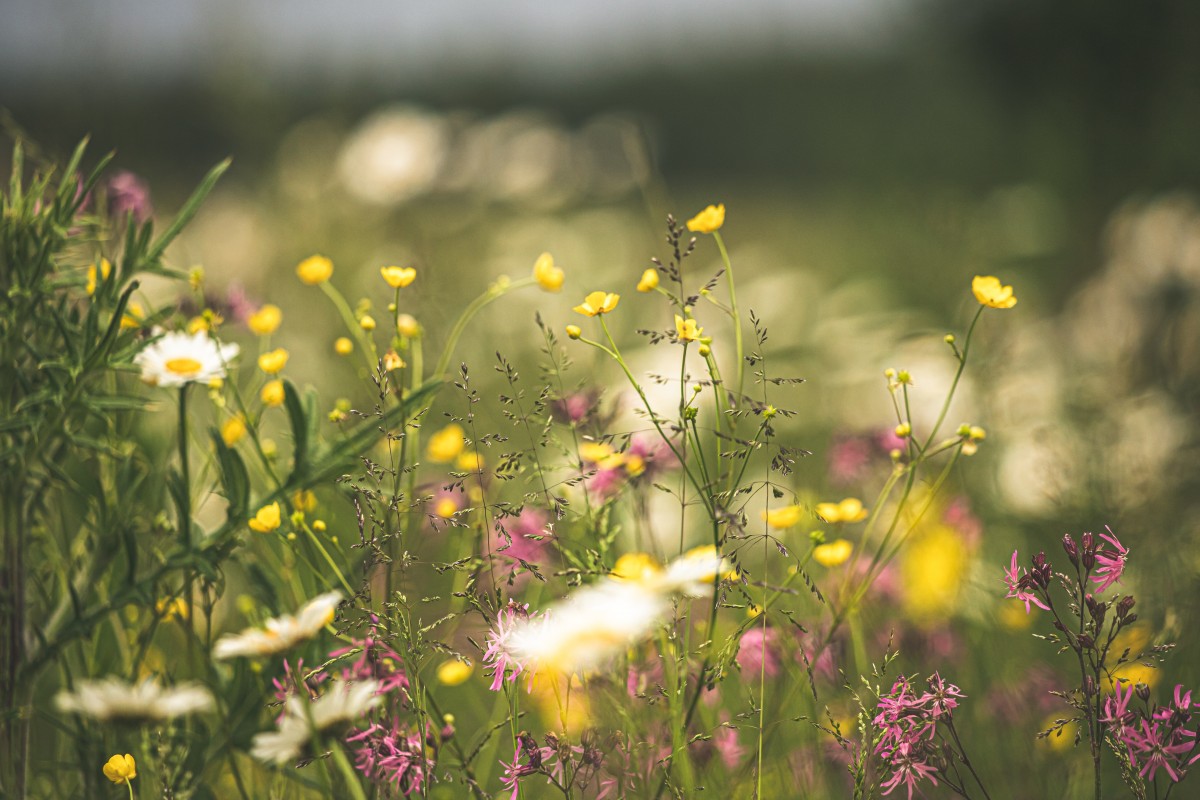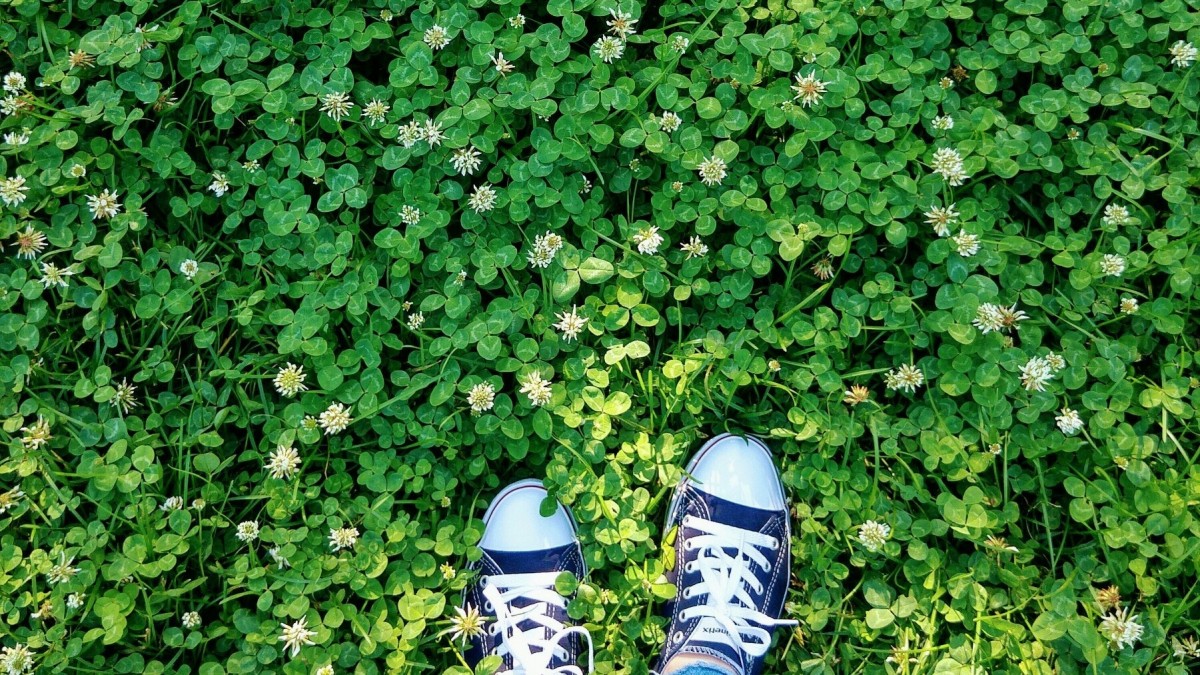Did you know most lawns are composed of non-native grasses, which are not adapted to the Piedmont region of North Carolina? These lawns often require more water and fertilizers, which can not only be costly but also bad for the environment.
This is why it's important to consider converting your traditional lawn into a native lawn. Here we will guide you through the process of converting your lawn into a native lawn, with tips and strategies on how to design and maintain a native lawn in Piedmont, North Carolina.

What is a Native Lawn?
Native lawns are made up of plants that are naturally found in your region. There are many benefits to converting your lawn into a native lawn. One benefit is that native plants are better adapted to the local climate and soil conditions, which means they require less water, fertilizer, and harmful pesticides.
This will help save money and reduce the environmental impact of maintaining your lawn. Additionally, many species of birds, insects, and small mammals rely on native plants for food and shelter. This means by growing native plants in your yard you will help to support the overall environmental health of your region.
Steps to Convert Your Lawn
Converting your lawn into a native lawn may seem daunting, but with the right steps and strategies it can be a rewarding and easy process. The following will guide you through the steps involved in converting your traditional lawn into a beautiful, sustainable, and environmentally friendly native lawn in Piedmont, North Carolina:
- Research and plan: Learn about the native plants that are suitable for our region, and plan out your landscape design.
- Remove existing non-native grass: Choose the method for removing any existing non-native grass. Methods for removal include sheet mulching, using a motorized sod cutter, digging out the grass manually, or lawn dethatching and overseeding.
- Test and amend your soil: Test your soil for pH levels and nutrient content; amend it as needed with organic matter such as compost or aged animal manure.
- Select and prepare the right plants: Choose native plants that are appropriate for your climate and soil, and prepare the soil and plant them according to the plants' needs.
- Plant and maintain your native lawn: Plant your native lawn and establish it by providing adequate water, fertilizing with organic fertilizers, and mulching.
- Address and prevent challenges: Identify and address any challenges, such as invasive species, and prevent them from recurring.
By following these steps, you'll be able to create a beautiful and functional native landscape that is beneficial for the environment and the local ecosystem.
Native Plants For Your Lawn
When selecting native plants for your lawn, it's important to choose plants that are appropriate for your region. Here in the Piedmont region, we have a moderate climate with hot summers and cool winters, and the soil is typically clay or loamy. Some of the top recommended native plants for the Piedmont include:
- Creeping phlox (Phlox stolonifera)
- Scarlet Strawberries (Fragaria Virginiana)
- Wild Ginger (Asarum Canadense)
Wait…What About Clover?
Dutch clover is a great option for low-growing ground cover, it is a creeping perennial plant that is native to Europe, it is hardy and can grow well in the Piedmont region, it has a low growth habit and it can fix nitrogen to the soil which makes it beneficial for other plants.
It can be used as a low-maintenance alternative to traditional lawn grasses, It also serves as an important source of food and habitat for wildlife, and it is an excellent option for a lawn that is not only beautiful but also more beneficial for the environment than traditional grasses.

Where To Find Seeds And Plants?
After selecting the native plants for your lawn, it's important to find a reliable source for purchasing the seeds and plants. There are several options for sourcing seeds and plants for your native lawn in Piedmont, North Carolina:
Native plant nursery listings
North Carolina Native Plant Society
North Carolina Botanical Garden
NC Audubon Retailer List
Online retailers
Plant Delight Nursery
Roundstone Native Seed
Prairie Moon Nursery
Seed Libraries
Southside Food Forest
Paddison Memorial Library
Wild harvesting
Another way to get native plants is to collect them from the wild. Please be sure to collect the seeds or plants legally and responsibly.
You Got This!
Creating a native lawn is a great way to create a beautiful and sustainable outdoor space that is beneficial for the environment and the local ecosystem. In following the steps outlined here, you can convert your traditional lawn into a native lawn that requires less water, fertilizer, and pesticides. Now it's time to get started on creating your own beautiful and sustainable outdoor space.
Building a Sustainable Community Starts Here
Want to learn more about how you can make a difference in your community and support the environment? Join our newsletter and take a look around our website to find out about upcoming events, volunteer opportunities, and resources that can help you live more sustainably. Together, we can make a positive impact on our local ecosystem.